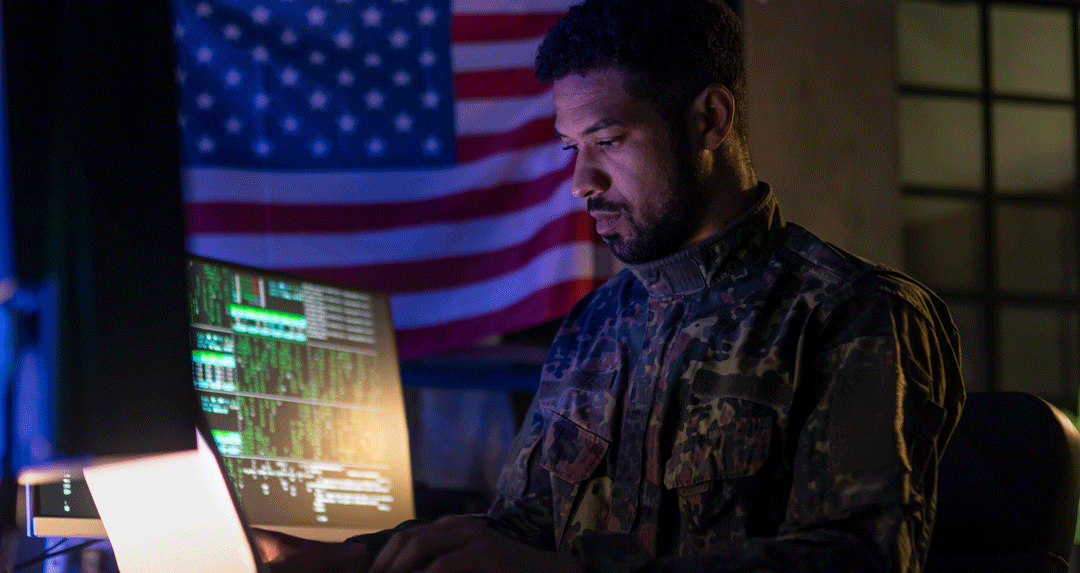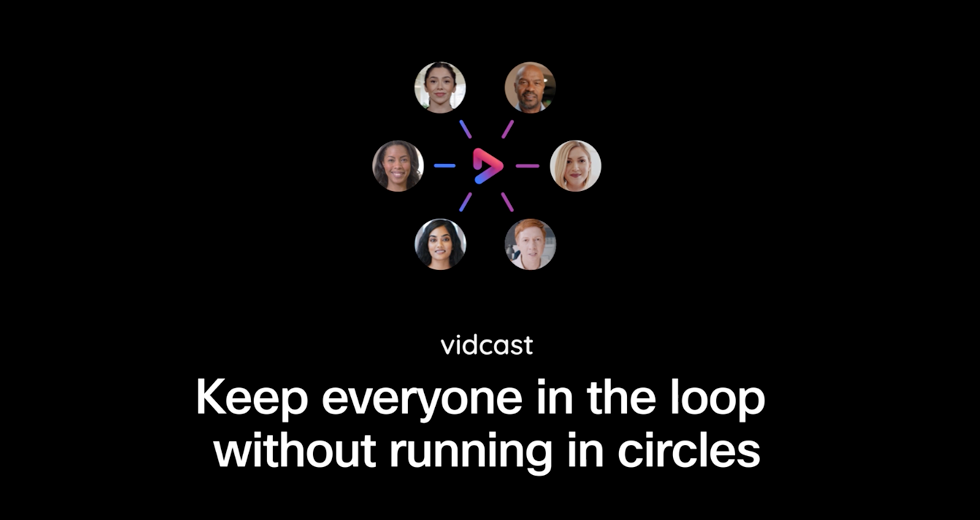Top reasons why video conferencing benefits communication
Communication is key to business. But too often, communication itself gets in the way of how businesses work. Whether it’s aligning sales and marketing or coordinating on project workflow status, efficient and effective communication can be hard to come by. This is especially the case when companies are dependent on traditional conference calls, which can be limiting.
Communicating on strategy or instructions is improved with screen sharing software, which allows meeting participants to integrate video into the proceedings — the next best thing to being in the physical room at the same time.
Want to drive better internal coordination and collaboration while on a call? Consider these reasons for how screen sharing and video conferencing can improve communication.
Video reveals nonverbal expression
Body language and facial expressions matter. Yet these levels of communication are imperceptible on traditional conference calls. Video can make these nonverbal cues seen, which may help increase productivity and provide a better experience over other forms of communication.
When an office worker calls IT for help, for instance, the technical directions can become burdensome to explain over the phone. Also, with traditional calls, remote IT help doesn’t have actual visibility into the situation. Add video, however, and tickets can be resolved more quickly when IT can explain solutions by demonstrating the required steps or live trouble-shooting. These gestures are invaluable to helping a non-IT expert understand the instructions.
Video helps nurture client relationships
Communication in both sales and customer service is improved when video is integrated into processes. Video conferencing software can pay dividends early on in the sales process when reps can hold face to face meetings with prospects. This dimension of communication can help build trust and credibility — don’t discount the value of eye contact when listening to clients explain pain points or their company culture.
Video helps foster a better client experience, which can move the sales process along. Video also comes into play with customer service and retention. Having video on a quarterly or monthly update keeps the client relationship fresh, while also making it easier to explain performance metrics or other details.
Video facilitates creative team collaboration
It can be hard for a graphic designer to get their visual concept across when restricted to the format of the traditional conference call. While they may be able to see the image in their head, or even sketch it out on paper, the other meeting participants don’t have as great a level of insight, which can stunt collaboration.
Video can help solve this challenge by allowing creative team members to share their ideas and or workshop concepts with other attendees in real time and with the aid of a professional tool. A designer may use screen sharing to cast a video of them using a drawing program, while architects on a call could use a building modeling platform to collaborate.
Video provides indelible records
It can be difficult to record every word said on a conference call, even when meeting participants take scrupulous notes. There’s no such gaps or oversights when using the recording feature on a video call.
The preservation of video is a huge advantage to communication. Records-keeping processes are substantially improved and videos can provide reference for future users. For example, a video recording of a sales demo can be archived for training purposes. Besides helping provide ironclad history of instructions or strategy, video can also help with business continuity.
Video helps power remote workforces
Remote workforces are more the norm for businesses these days, from startups and small businesses to enterprise-level companies. Employers have been pressed with increasing expectations for flexible working arrangements, but they’ve also seen the inefficiencies such setups can lead to. Video-powered conferencing is a way to address those productivity drags head-on by giving remote, home-based, and traveling coworkers an engaging and easy way to communicate on a day-to-day basis.
Team members who are miles apart but working on the same project can use video to provide updates or otherwise coordinate on next steps. Video helps companies avoid some of the major pitfalls companies encounter with remote workforces. Managers who have video-based check-ins can better assess performance and help form bonds with a direct report who they’ve never met before.
Video improves onboarding
Onboarding is a crucial stage for both employees and clients. You want to ensure that new hires have the support and information to be productive, and that clients can realize value or return on investment. Information retention is improved with video, while sales reps or managers have a greater ability to course correct during the early stages of the relationship to avoid common obstacles. Familiarity is beneficial at such stages, but something that traditional conference calls can’t provide with only voice.
Video is a powerful and efficient channel for delivering communication. Businesses can leverage video conferencing and screen sharing in internal and external interactions. Interested in learning more about video features and the software needed to support such implementations?
Learn about our screen sharing solution or get started with a free plan today.
Learn More
How to share real-time data with customers through video
Improving patient diagnoses with video conferencing
Video conferencing and technology enables cultural change within Citizens Bank


